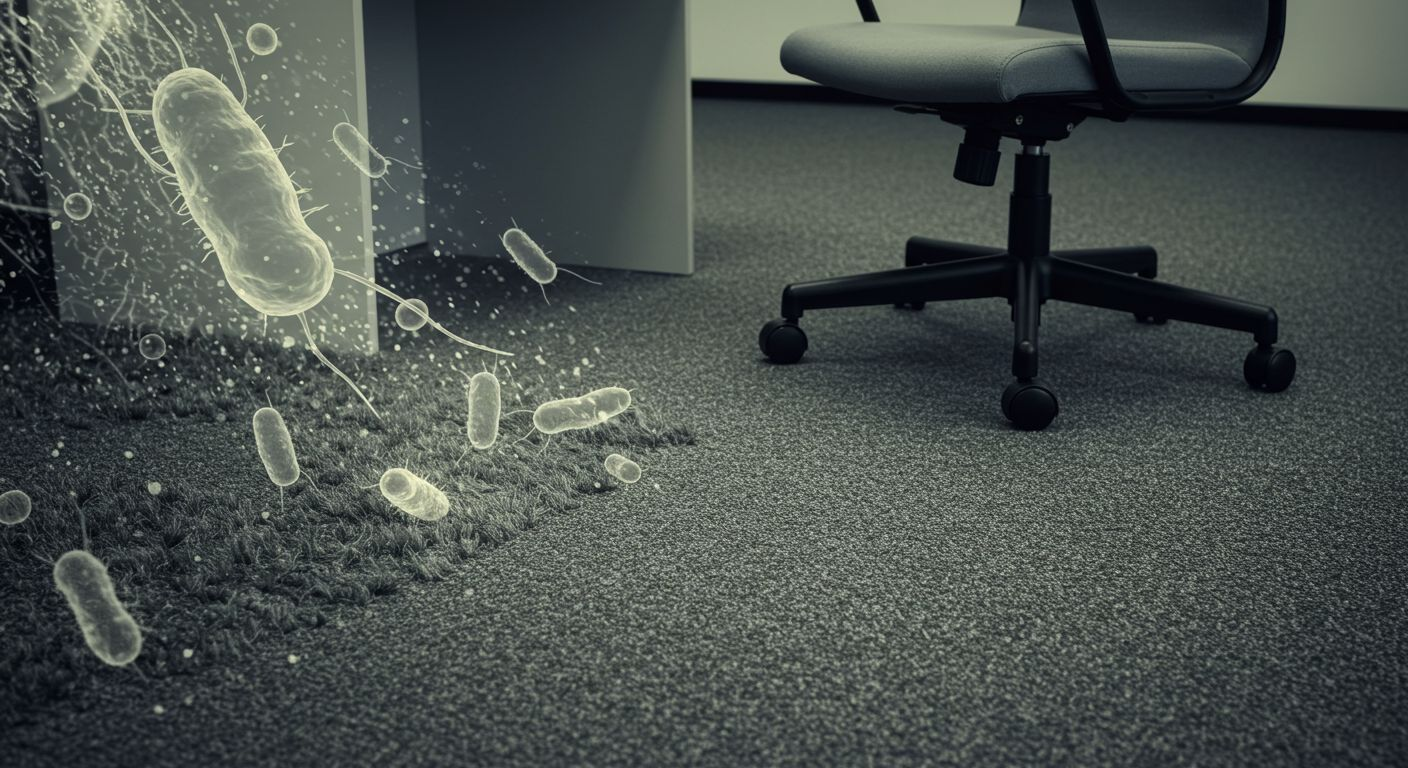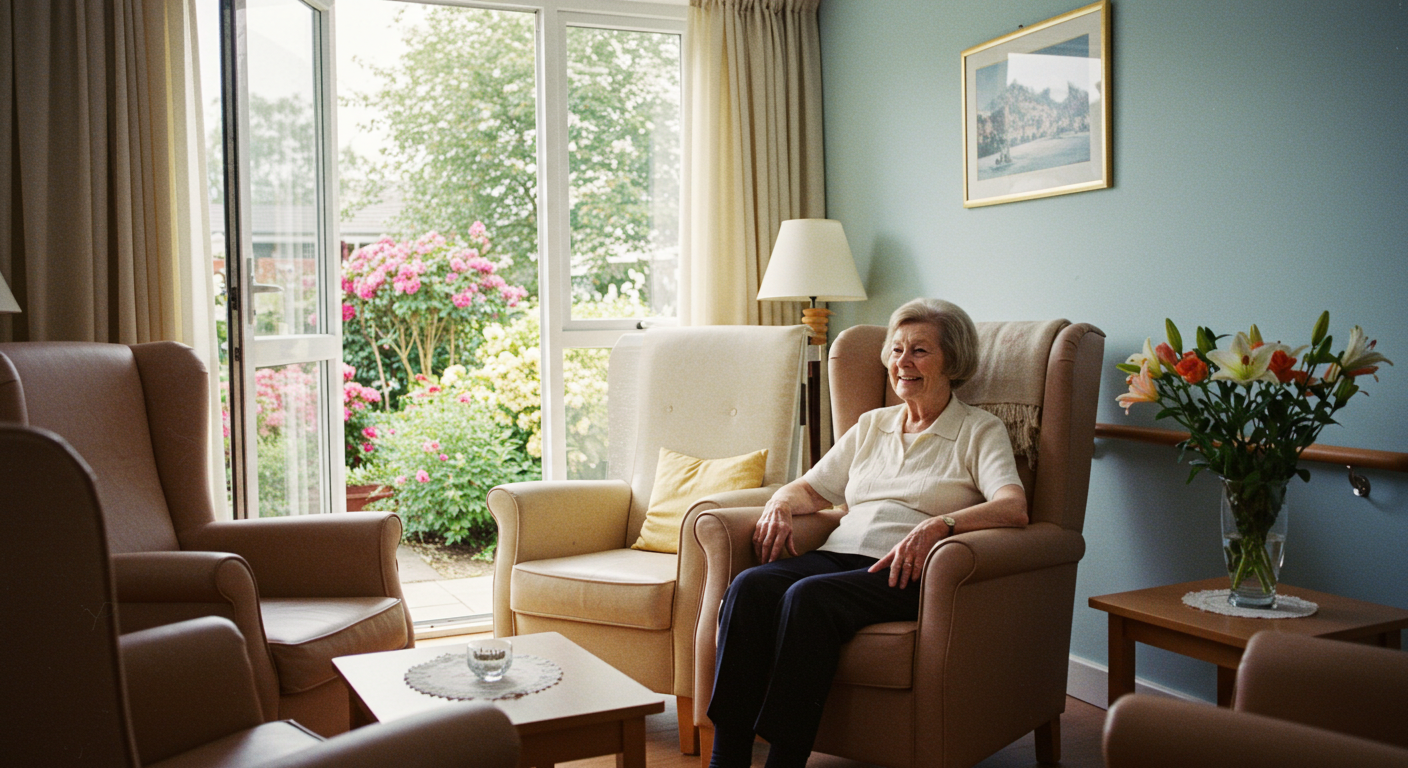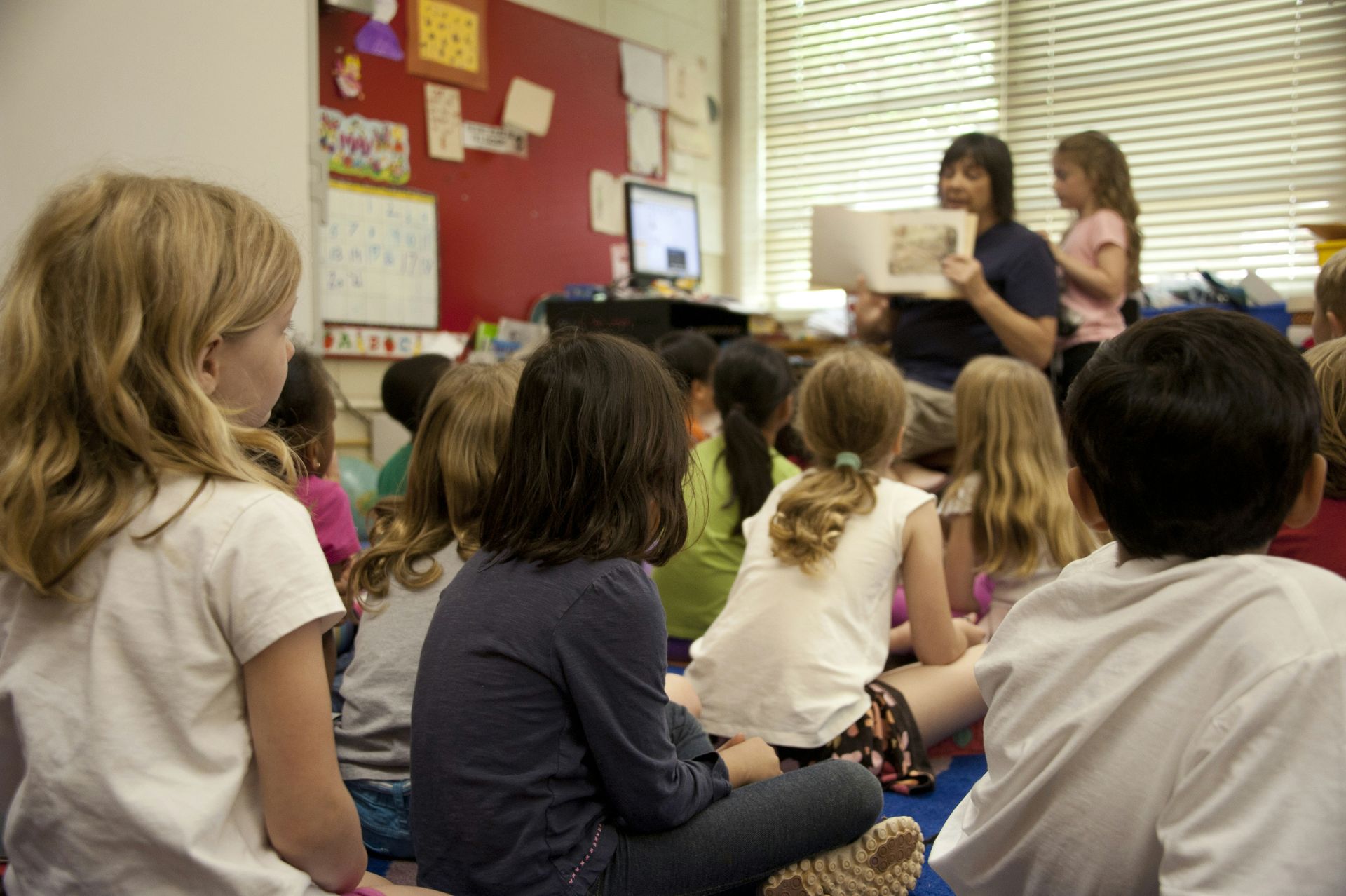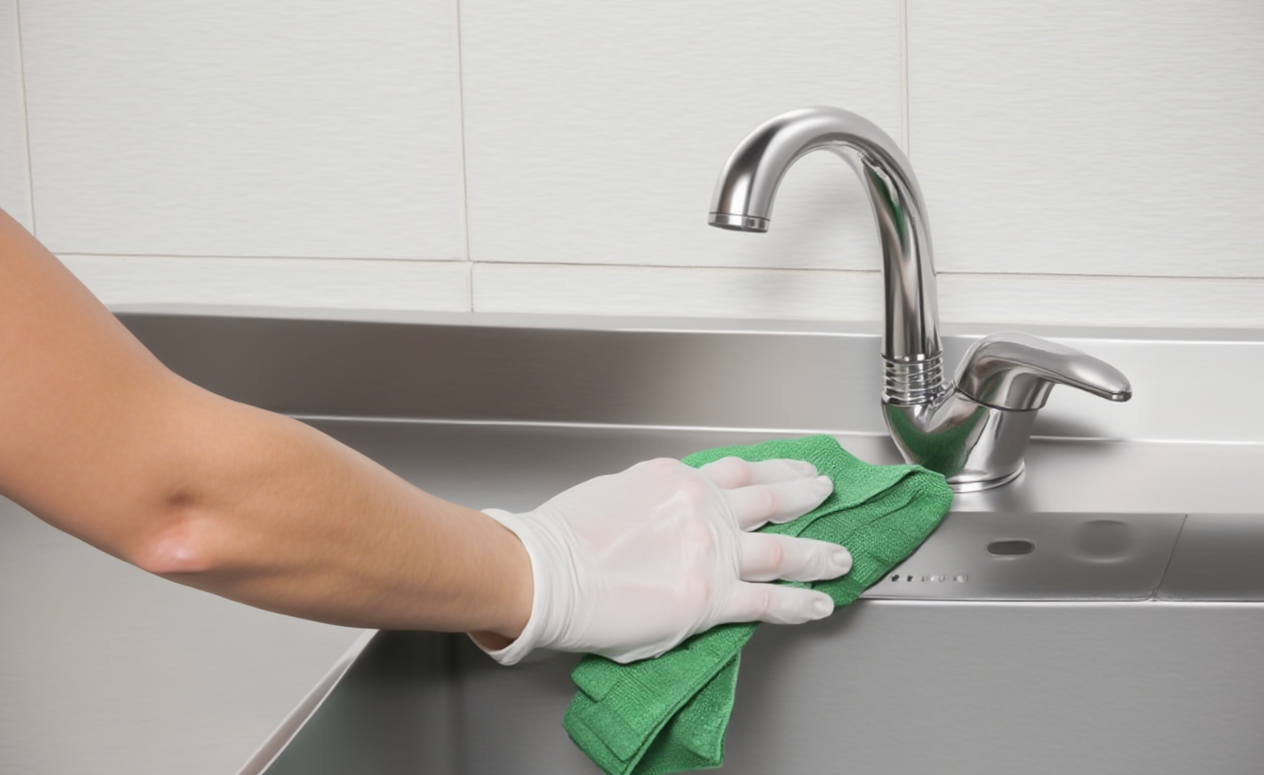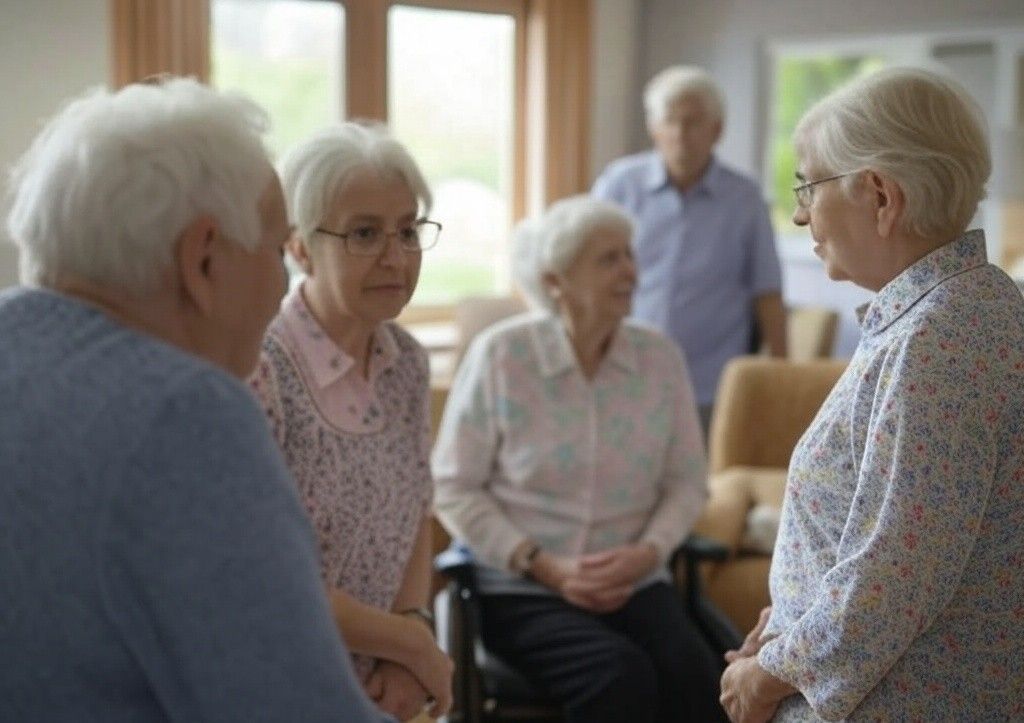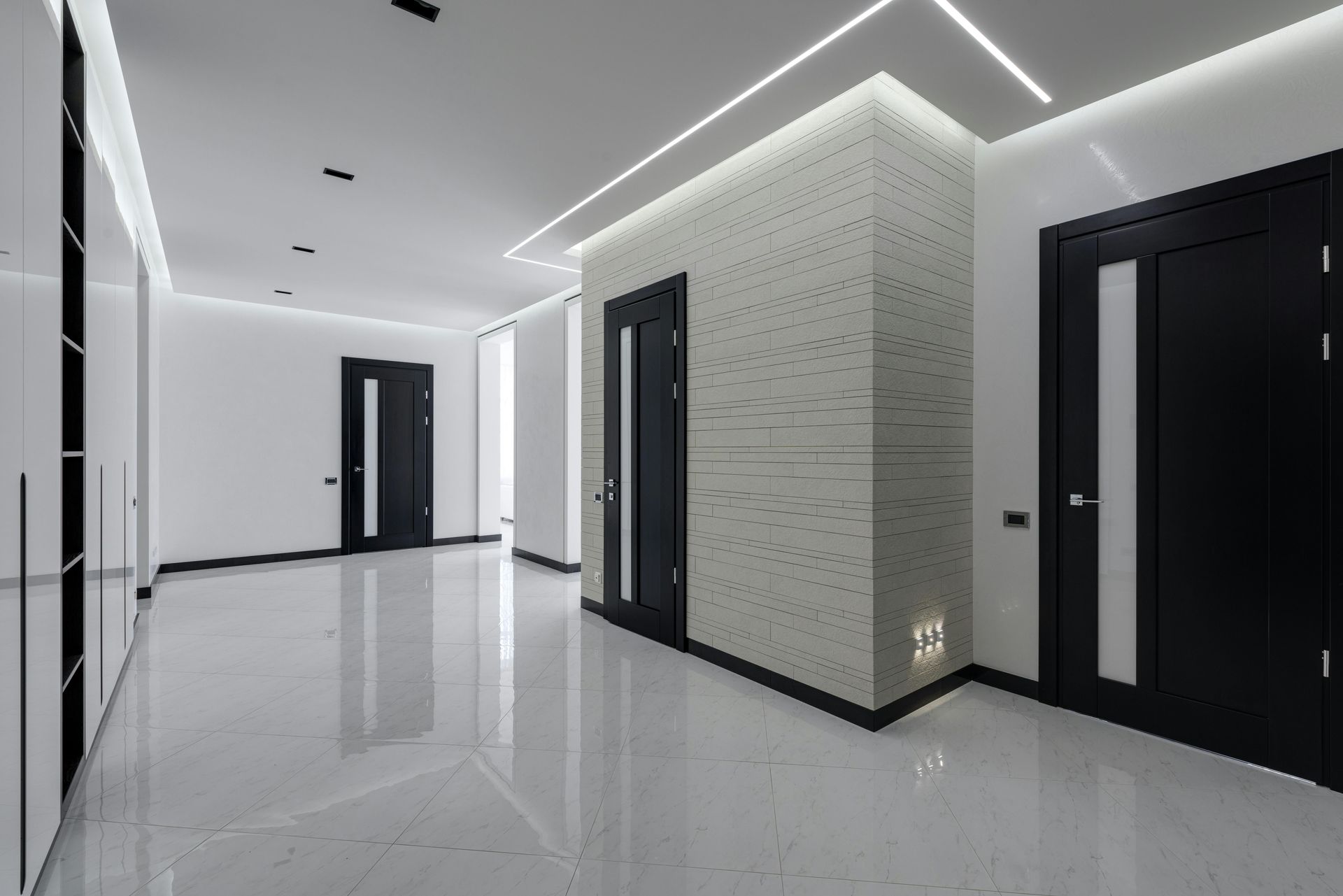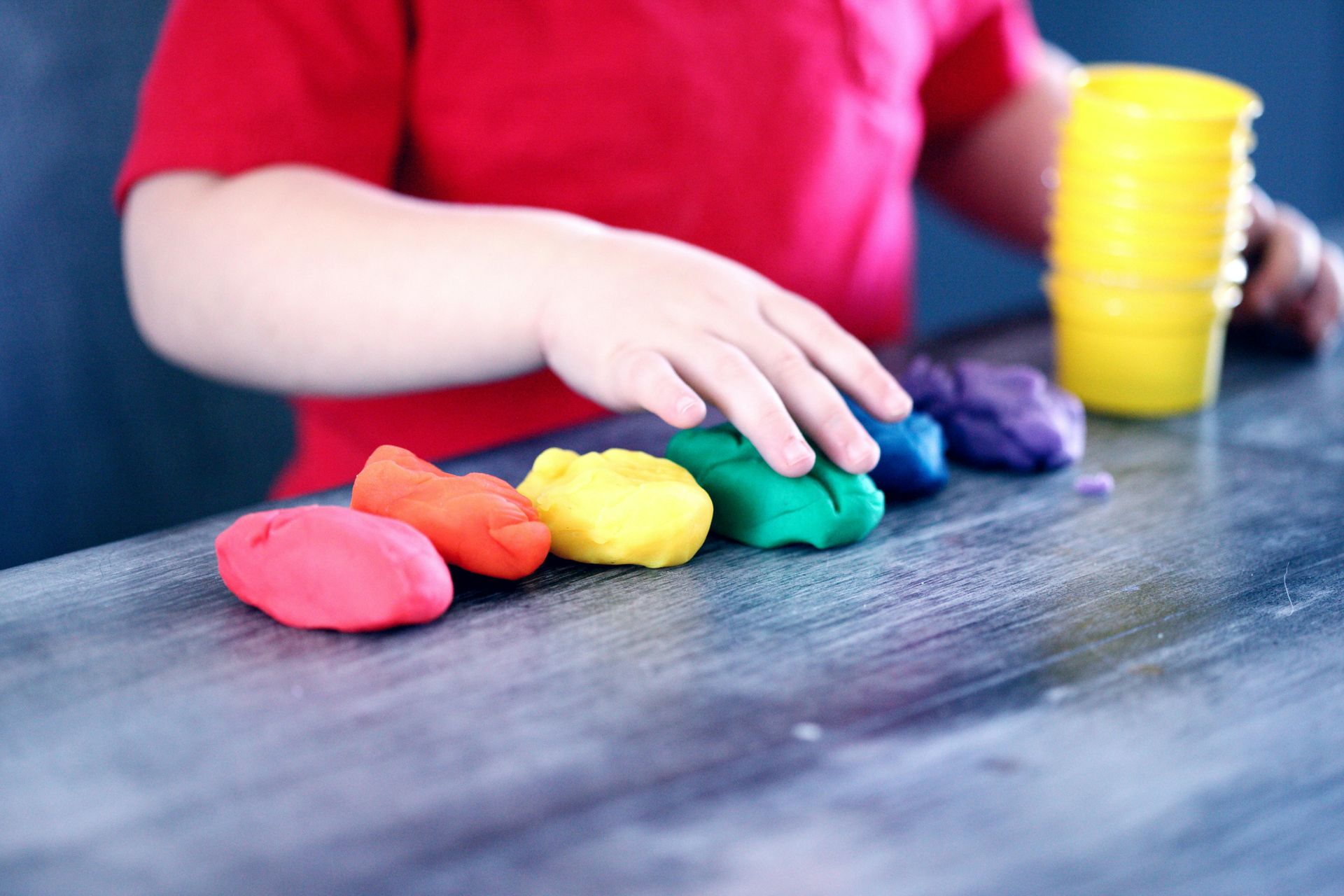Shared Spaces, Shared Sickness
The Hidden Dangers Lurking in Your Office Lunchroom
When we think about health hazards in the workplace, we often picture faulty machinery, poor ergonomics, or air quality concerns. However, there’s one silent culprit most employers overlook; the office lunchroom.
It may seem like a harmless space where staff grab their coffee, reheat leftovers, or share a slice of cake for someone’s birthday. However, the office kitchen is a hotspot for bacteria, cross-contamination, and the spread of illness. From shared utensils and fridges, through to microwave buttons and benchtops, this communal area can quickly become a breeding ground for harmful germs.
In a study by UK chemicals company, Chela, it was found that “Despite the fact that office kitchens provide an endless supply of clean, fresh running water, most kitchen taps at work harbor up to 1,330 germs per square inch. Another major source of contamination is the cleaning equipment itself. Research found that coliform bacteria were present on 20% of coffee cups before cleaning, however alarmingly, 100% of the cups tested positive after being wiped with a dishcloth or sponge. No E. coli was detected on the cups prior to wiping; however, after wiping, 20% of the coffee cups were contaminated with E. coli, highlighting how shared cleaning tools can actually spread harmful bacteria rather than remove them” (Hillman, n.d.).
Common bacteria like E. coli, Staphylococcus aureus, Salmonella, and Listeria can thrive on these surfaces. Left unchecked, they can cause anything from mild gastrointestinal discomfort, through to more serious illnesses, especially for immunocompromised individuals. Add to this the risk of foodborne illness due to improper food storage in office fridges (often overloaded, under cleaned, and filled with expired items), and the lunchroom becomes less of a staff perk, and more of a ticking time bomb.
Germs Don't Clock Off
Germs spread fast in a workplace. One person who touches a contaminated surface and then uses a keyboard, door handle, or shares equipment can spread bacteria to dozens of other touchpoints within hours. In a hygiene research study conducted in a UK hotel lobby, it was stated that “ Extensive spread of surface contamination can occur in a hotel lobby in as little as 4 hours. This study demonstrates how a Targeted Hygiene intervention can significantly disrupt the journey of the germ, even on surfaces not cleaned and disinfected, resulting in a consequent reduction of infection risk via surface transmission of common respiratory infections” (Ackerley et al., 2023).
Even a single sick employee can have a ripple effect. A coughing fit in the lunchroom, touching food packaging after sneezing, or sharing a communal tea towel all contribute to the transmission of illness. The outcome of this is staff calling in sick, a drop in productivity, and rising costs for the business.
The Hidden Cost of Sickness
Staff illness doesn’t just hurt individuals, it hurts a business's bottom line. In a recent article by Clinical Director of Foremind, Louise Thompson, it was stated that “Australian workplaces lose around $33 billion annually due to absenteeism” (Thompson, 2025). Even minor illnesses that cause employees to ‘push through’ and work while unwell (also known as presenteeism) can reduce performance, and contribute to the spread of sickness among the team. Failing to maintain a clean and hygienic workplace, especially in high-touch areas like a lunchroom is not just a health issue, but a financial one.
While it's tempting to rely on staff to wipe down surfaces and keep the lunchroom tidy, the reality is that most employees don’t have the time, training, or cleaning agents required to properly sanitise high-risk areas.
Culture of Clean
Businesses should encourage a culture of cleanliness in the workplace by providing the following:
- Displaying clear signage about hygiene practices (e.g., handwashing, fridge etiquette)
Ensure antibacterial soap and hand sanitiser are readily available - Encourage employees to label and date their food
- Regularly audit the kitchen for hygiene risks
- Replace sponges and cloths frequently
- Hire commercial office cleaners that have existing processes in place to combat workplace illness
A clean lunchroom might seem like a small detail in the big picture of workplace management, however it’s a detail that can have major impacts on your team’s health, morale, and your bottom line. When the hidden dangers are removed, staff are less likely to get sick, more likely to be present and productive, and feel more valued in their work environment. For further information on the best commercial cleaning options for your business, click here.
References
Hillman, J. (n.d.).
59 Workplace Hygiene Stats [2021] - Chela | Intelligent Cleaning Chemistry. [online] chela.co.uk. Available at:
https://chela.co.uk/workplace-hygiene-statistics/.
Ackerley, L., Jung, Y., Cooper, S., Upson, S., Gent, L., Buckley, C., Spitzer, M.E., Sexton, J.D., Reynolds, K.A. and Wilson, A.M. (2023). Targeted Hygiene reduces surface transmission and infection risk for respiratory viruses. European Journal of Public Health, [online] 33(Supplement_2). doi:https://doi.org/10.1093/eurpub/ckad160.996.
Thompson, L. (2025). Workplace Absenteeism Statistics - Australia 2025. [online] Foremind - Australia’s #1 Worker Wellbeing Platform. Available at: https://foremind.com.au/employee-absenteeism-statistics/.


